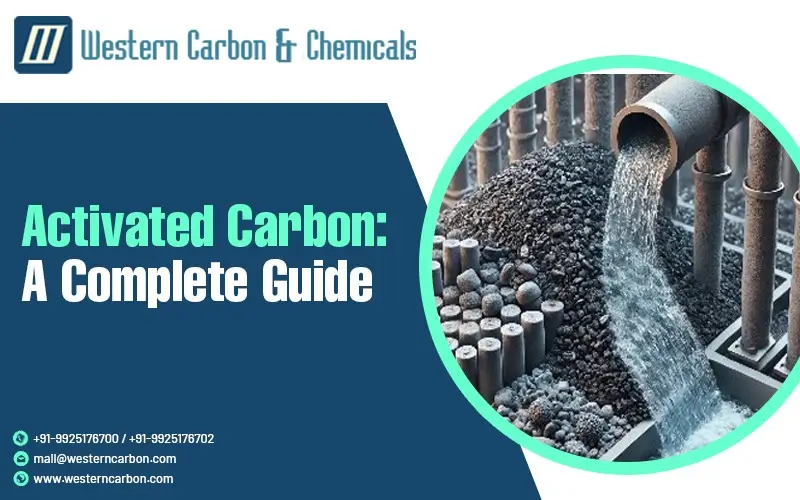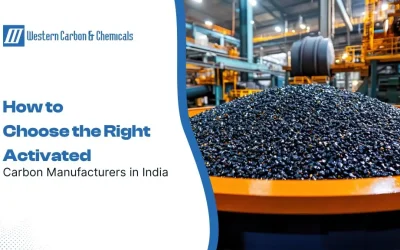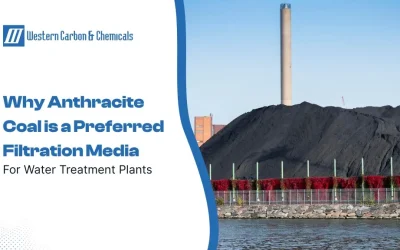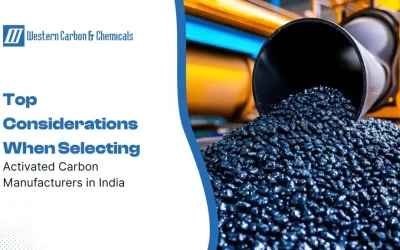Activated carbon is renowned for its versatility as a purification agent, improving air and water quality. It is also widely used in different applications like removing undesirable substances from liquids & gases, gold recovery, to soil remediation. If you want to use activated carbon for your specific applications, this is a quick guide to understand the different variations of activated carbon to help you select the ideal activated carbon for your requirements.
How to Select the Right Activated Carbon?
Choosing the right activated carbon depends on various factors like raw material source, activation procedure, and the specific needs of the intended use. By considering these factors, you can make an informed decision to select the right activated carbon. Western Carbon & Chemicals, one of the largest activated carbon manufacturers in India, offers a comprehensive range of products. For tailored activated carbon solutions, call us today.
Types of Activated Carbon
1. Coal-based Activated Carbon:
This is a by-product of anthracite coal, bituminous, or lignite coal. This type of coal exhibits high microporosity, is easy to recycle, and has impact resistance. It is produced through steam activation of coal that creates a microporous structure and a large surface area. Coal-based activated carbon is used for various applications, including wastewater treatment, effluent treatment, pond water treatmen,t and gas purification.
2. Wood-based Activated Carbon:
The wood-based activated carbon uses its mesopores and macropores for filtration applications. It is commonly used for water treatment, where it effectively removes taste and colour from water. This type of activated carbon is made from specific woods, wood chips, and sawdust renowned for its excellent non-toxicity, large surface area and exceptional adsorption capability. Wood based activated carbon is typically employed in drinking water purification in industries like food & beverages, pharmaceutical, and sugar industry.
3. Coconut Shell Activated Carbon:
Coconut shell activated carbon is an eco-friendly & sustainable material for filtration and purification applications. This activated carbon is obtained from steam activation giving it a large surface area and pore diameter distribution in water and gas filtration. Coconut shell activated is used in other applications like acute poisoning, gastrointestinal problems and drinking water treatment.
Choosing the Right Activated Carbon
The porosity of activated carbon plays a crucial role in selecting the best-activated carbon.
| Activated Carbon | Porosity | Molecular Size |
|---|---|---|
| Coconut Shell Activated Carbon | Micropores | >100 angstroms |
| Coal-based Activated Carbon | Mesopores & micropores | 100-1000 angstroms |
| Wood-based Activated Carbon | Mesopores & micropores | <1000 angstroms |
This is a quick guide to help you choose the best activated carbon for your applications. Take into consideration the following factors and find the activated carbon that aligns with your purification and filtration applications. For more information get in touch with the best coconut shell based activated carbon manufacturers in India– Western Carbon & Chemicals. We can help you pick the right activated carbon and tailor it in terms of porosity, size and surface area to suit your requirements. To discuss your requirements, call us.





